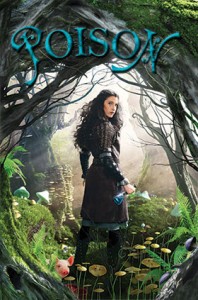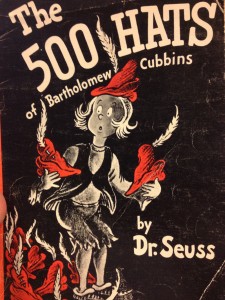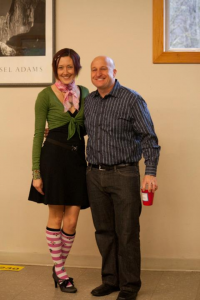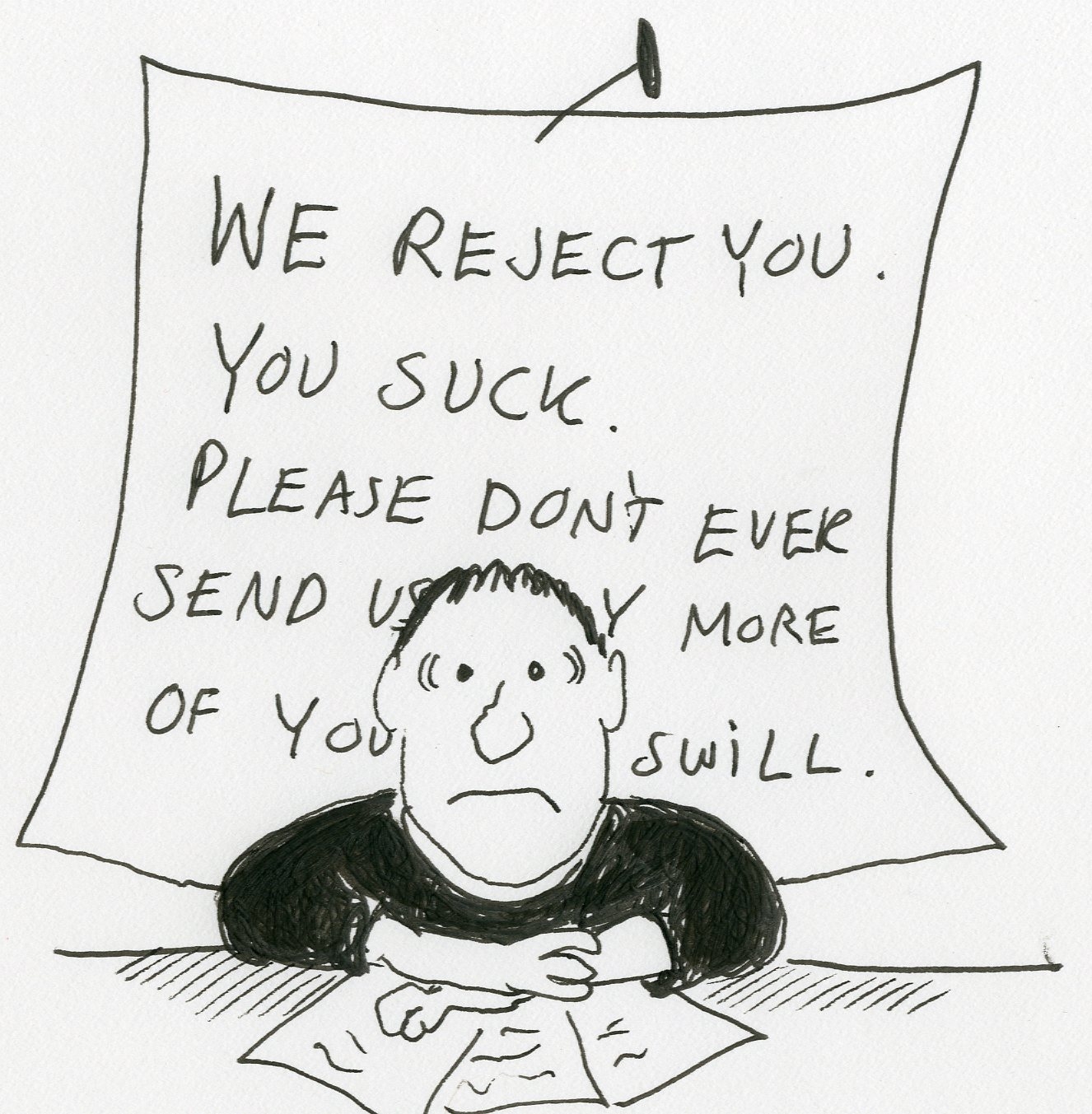On VivaScriva.com, a blog about critique and the writing process, I recently blogged about using Publisher’s Marketplace to get a handle on what kinds of manuscripts are and are not selling in today’s YA market. (Get the nitty gritty details here.) These patterns are still dominating my thoughts.
 Even as the number of titles featuring zombies, dystopias, ghosts, murders, etc have surged, peaked, and ebbed, I’ve notice one thing that doesn’t seem to be changing. There are a whole lot of main characters who have to, at least according to the log line, SAVE THE FREAKING WORLD. Think Bruce Willis plus asteroids for the YA set. Confession: I’ve written log lines like this for my own book. (Hangs head in shame. Plans to revise.)
Even as the number of titles featuring zombies, dystopias, ghosts, murders, etc have surged, peaked, and ebbed, I’ve notice one thing that doesn’t seem to be changing. There are a whole lot of main characters who have to, at least according to the log line, SAVE THE FREAKING WORLD. Think Bruce Willis plus asteroids for the YA set. Confession: I’ve written log lines like this for my own book. (Hangs head in shame. Plans to revise.)
As a fan, I love epic fantasy, but as a reader and writer, I’m captivated by fully-fleshed, step-off-the-page-real characters. Hence my love for THE FAULT IN OUR STARS by John Green and CODE NAME VERITY by Elizabeth Wein. The characters in these books are heroic. They are heroic because they live richly and die bravely. They don’t have to save the world.
Real teens live many lives–protected and dangerous, religious and not, lonely and social, quiet and loud, painful and triumphant–but very few of them have to single-handedly deflect an astroid from hitting Earth and thus save all humankind. They just don’t.
They often have to survive terrible things and books can buoy them up. (If you weren’t immersed in the loud and raucous #YAsaves conversation last year, this link will get you up to speed.) They also like to have fun (one of the reasons I often prefer spending time with teens rather than adults). Fun in real life and fun in reading.
 Last night I attended to book launch for POISON, the debut YA novel by the late Bridget Zinn. The tag line reads “Can she save the kingdom with a piglet?” That’s right! WITH A PIGLET! What follows is about as far from the doom-and-gloom of the recent rush of teens-killing-teens as you can get. Think THE PRINCESS BRIDE–good, silly fun.
Last night I attended to book launch for POISON, the debut YA novel by the late Bridget Zinn. The tag line reads “Can she save the kingdom with a piglet?” That’s right! WITH A PIGLET! What follows is about as far from the doom-and-gloom of the recent rush of teens-killing-teens as you can get. Think THE PRINCESS BRIDE–good, silly fun.
It’s a good reminder in these dark days of YA that we can write stories about characters who don’t have to save the world. All they–and we–have to do is create authentic lives, whatever that may look like. And like Bridget, we should try to leave something good behind.







